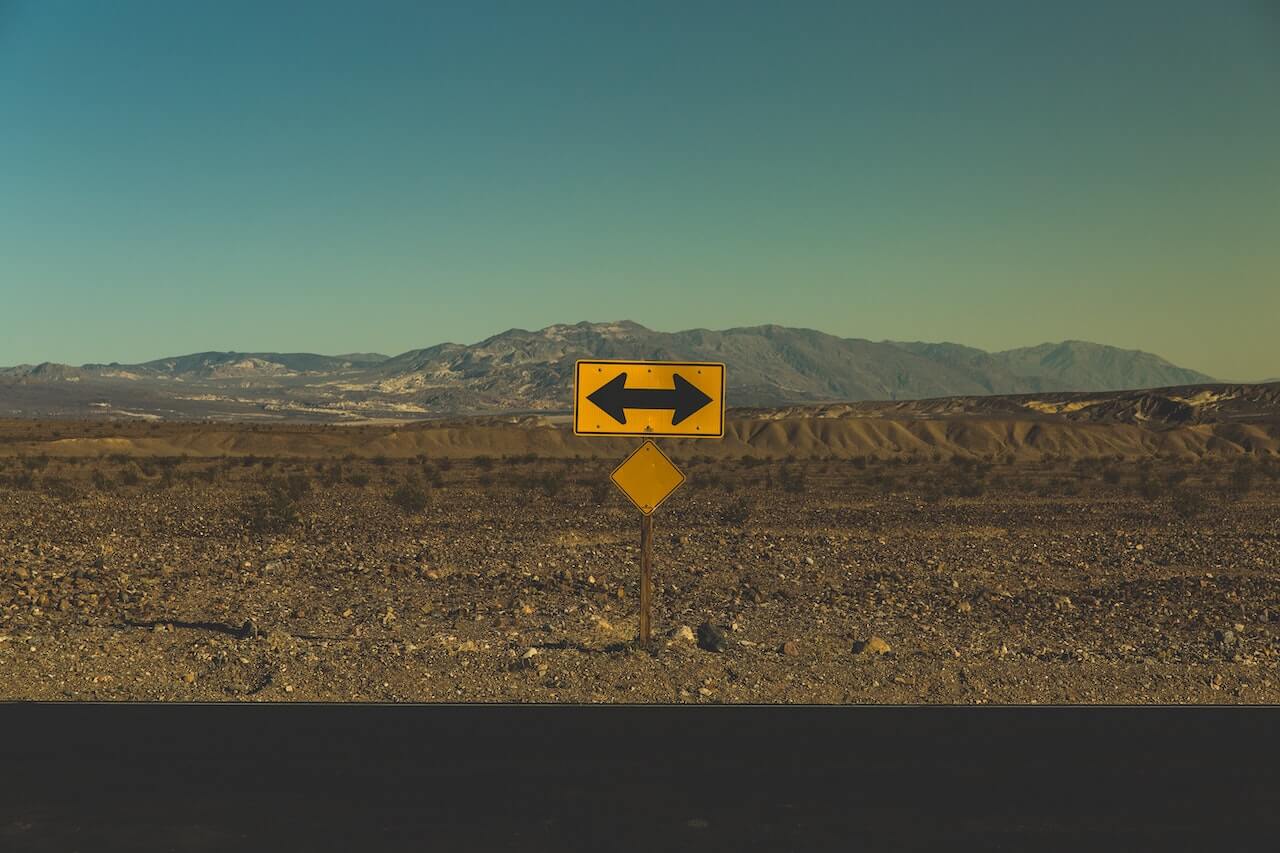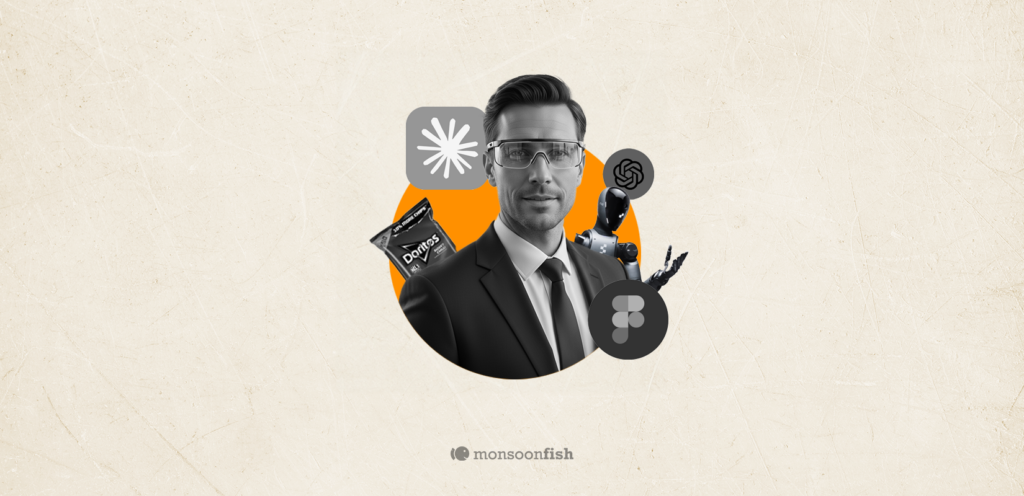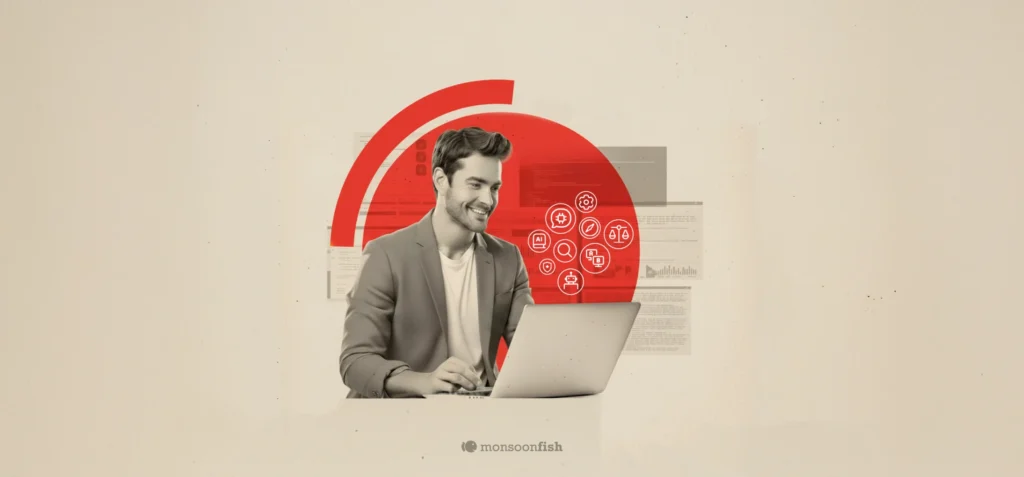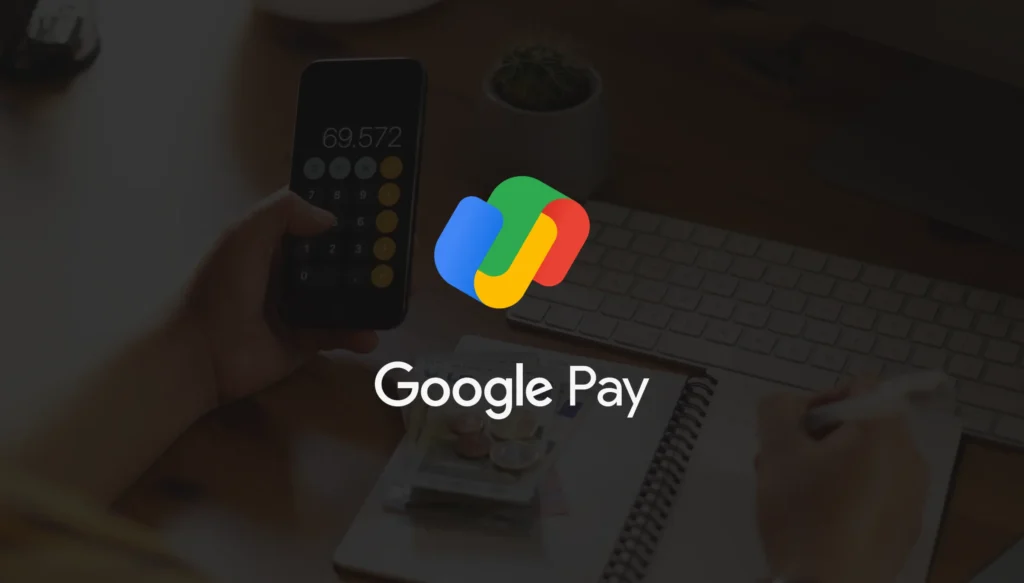5 Most Influential Design Trends Of The Past Decade
This year began with a lot of articles around trends of the decade. They say that “the historian is a prophet looking backwards.” Without understanding how we got here, it is not possible to chart the future we desire for ourselves.

by Siddharth Kabra, CEO
This year began with a lot of articles around trends of the decade. They say that “the historian is a prophet looking backwards.” Without understanding how we got here, it is not possible to chart the future we desire for ourselves. So here are the 5 most influential design trends of the past decade that I observed, and what that means for the future.
Data Emerging as a viable tool for Design
It will be fair to say that this decade has seen the emergence of Big Data as a tool that can be utilized, not merely theorized. Whether it’s been done ethically or otherwise is an entirely different discussion! But data has been a crucial source of input to influence design decisions, especially software product design. From website analytics to app and software insights, using data intelligently has enabled organisations to iterate on their products better and better. When we designed for Aadhaar, the existing mammoth of information was very crucial in basing the kind of design style to be used and creating information architecture in a way that solved for users’ problems.
Who Would Have Thought Fintech Would Be The Leading Sector To Embrace Design And Product Dev?
This is true especially in Indian context. Surplus income of the burgeoning Indian middle class and shifting investment focus from traditional venues to market-driven instruments like mutual funds and stocks have spawned a large number of fintech products in the country – be it consumer or B2B. Catering to the growing young population as well as the changing demands of investment, fintech sector has embraced software products like no other, and we have often seen design being the differentiating factor considering the rising competition.
Designing Primarily For The Smartphone
This one is quite obvious to think of now, but considering the entire decade, it has been a significant change to the way we have approached design. Smartphone penetration in the country has been on an exponential rise, and this has impacted a lot of products that were developed in the last decade. The affordability of smartphones has also pushed designers and developers to focus on accessibility. The most interesting thing to see now would be the emergence of local languages on the digital platform. We are there, in terms of having cursory translations and support for a number of languages. But what I am looking forward to, is products focussed on actual local content, needs, beliefs and languages, as companies seek to tap into the greater market made available to them through increasing penetration of smartphones and internet.
Emergence Of Edtech As A Feasible Sector Based On Solutions Provided By Design
EdTech sector has been around for a while, a little confused fledgling waiting on its wings for a flight. This decade saw many startups emerge, and differentiate themselves through design. With a deeper understanding of consumer needs, credible affiliations and branding, and designing products, courses in a way that lends them a greater shelf-life, the last five years have seen tremendous growth in the sector. Even traditional institutes and established organisations have taken to the e-learning route and are exploring different revenue streams and a larger market. Over the next decade, it will be interesting to see how industries react to ed-tech and what impact it has on traditional education institutes. Will it be a redesign of the entire education system? We’ll see.
Role Of Design In India Moving Beyond Branding To Actual Product Development
This is perhaps one of the most welcome trends for all of us. In my experience and the work we have been doing at Monsoonfish, I have seen a number of Indian companies that have design as a function in the executive boards. We are beginning to see not just big companies, but even startups wanting to get design at the decision making level. Software companies have mushroomed in the country, even in the fields of B2B product building, data analytics and the likes. They are beginning to realize how design can be their differentiating factor. Software companies now have Chief Design Officers, UX Architects, Content Designers. The salary scales are increasing and developers are able to focus on actual development, leaving design to the specialists.
Designers and design agencies have also played a crucial role in this change. They have evolved from adding aesthetic inputs and focussing on graphic design to influencing product building, using data as the foundation and hardcore metrics as measurement of success. They have built research, user-testing teams, added diverse fields into their specialisations and offer holistic business solutions to their clients. This change has also impacted the education field, with the number of design schools in the country growing exponentially in the last decade, along with shaping the curriculum with the rigour and diversity demanded by the industry.
It is heartening to see the software industry realize that it cannot roll out sub-par products and solutions. Design is the differentiator. And if you think this has become a cliche, well, the trend has already been established!
This article was first published in Design4India, a NASSCOM initiative.
CATEGORIES





